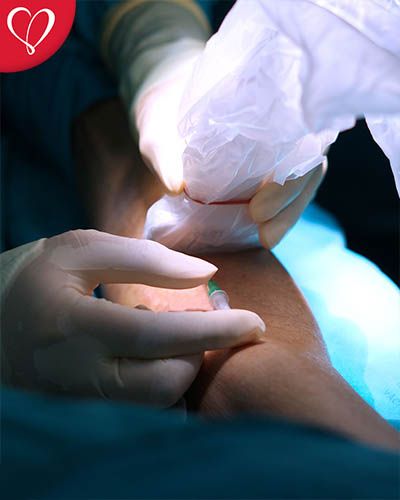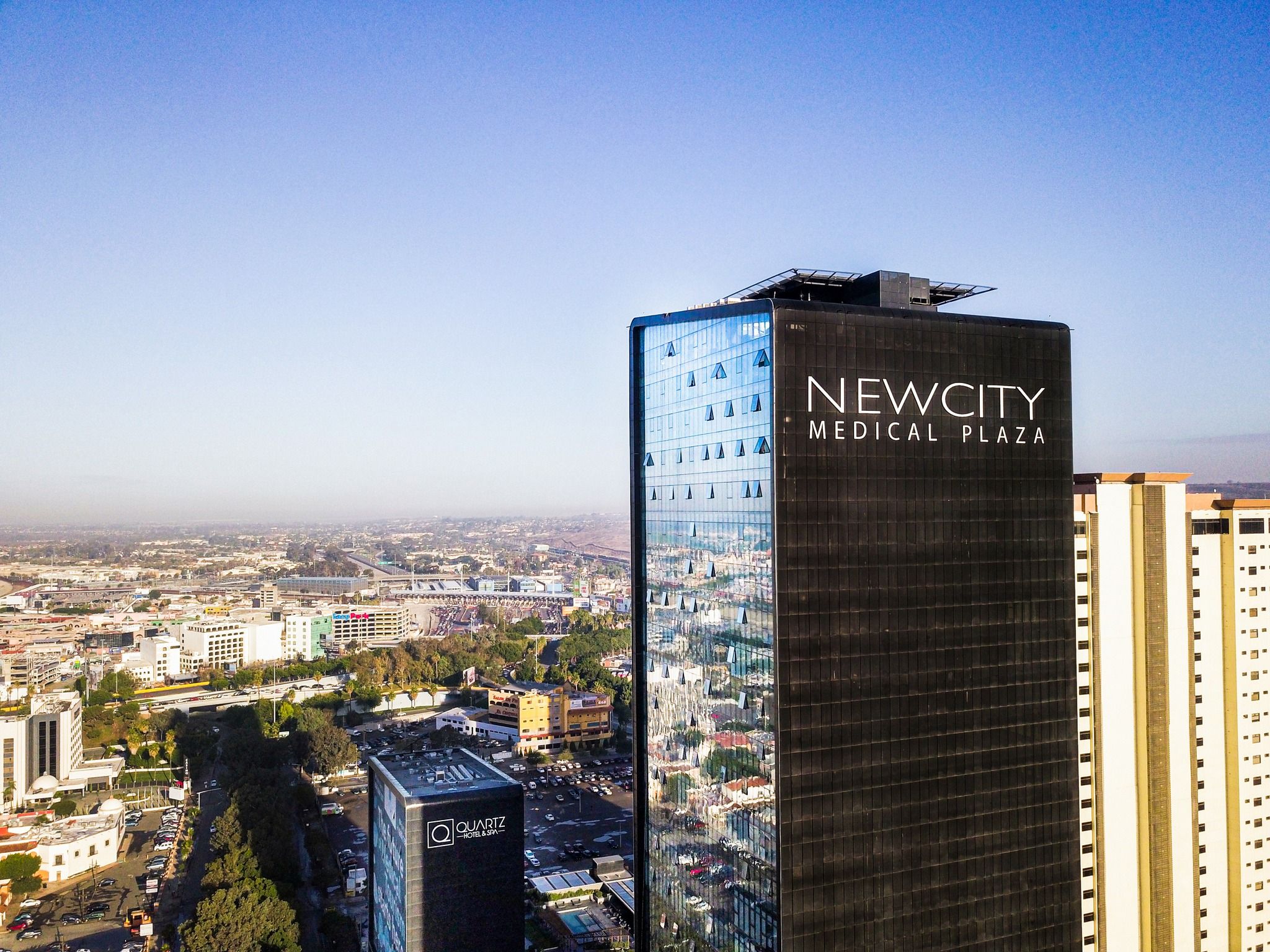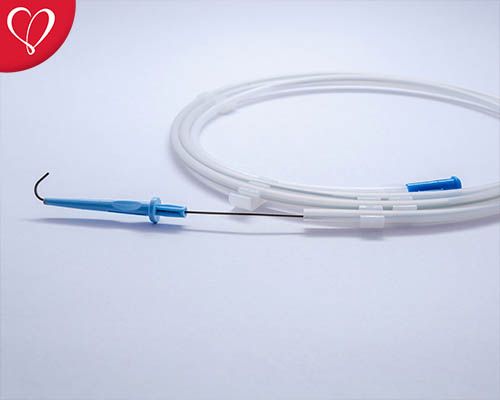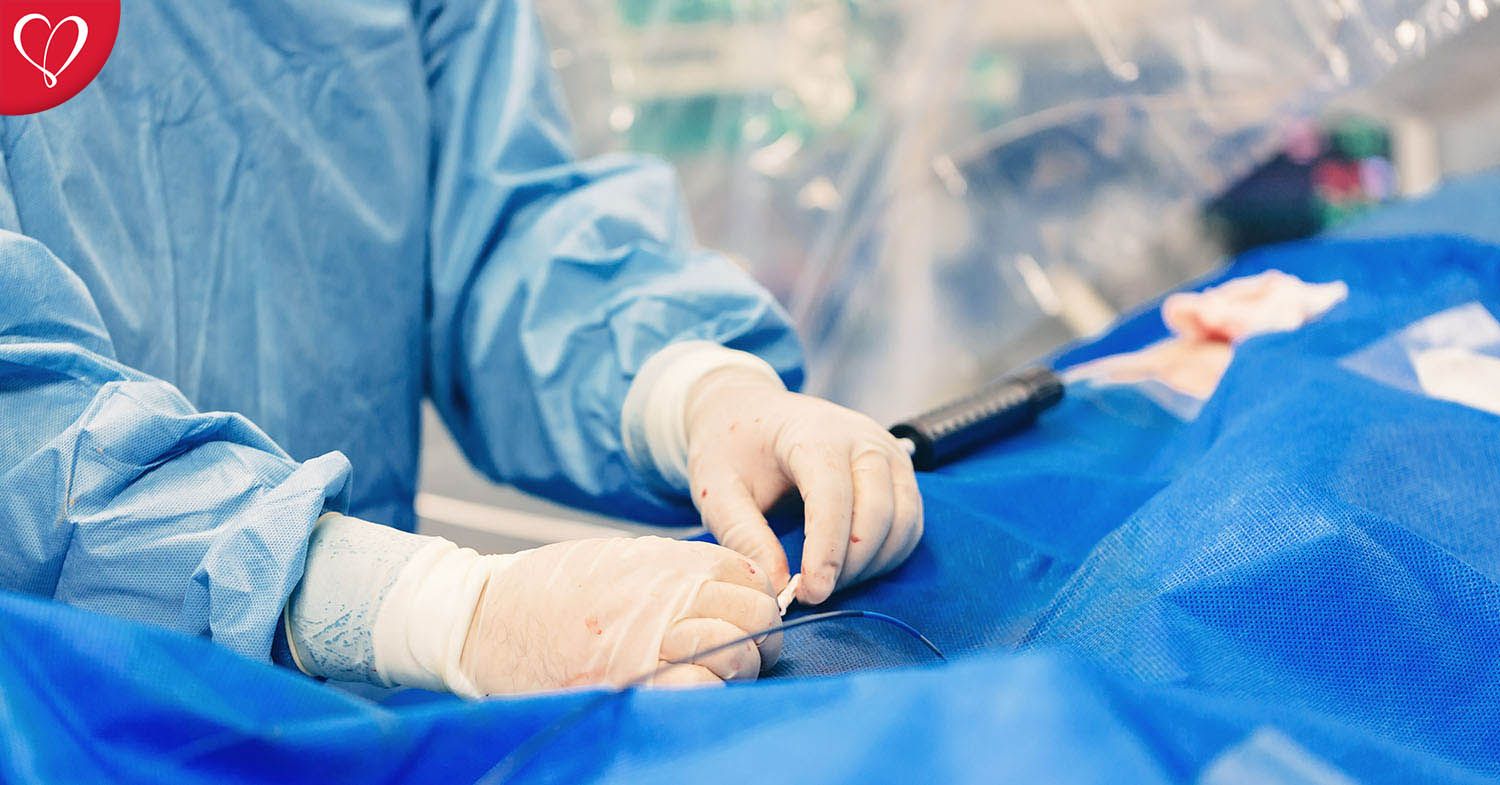Cardiac catheterization
What is a cardiac catheterization?
Cardiac catheterization is a minimally invasive procedure that is used to study the coronary arteries that supply the heart muscle and to identified arteries that are affected by certain diseases. This technique uses iodine-based contrast that is injected into the coronary vascular tree, accessed by inserting a catheter into a peripheral vessel and advancing it through the blood vessels to the region of the heart that is being evaluated.
Once the contrast is injected into the coronary arteries, possible lesions of the heart vessels are evaluated using an X-ray machine, through this same modality the contrast media is pushed into the cardiac cavities allowing the cardiologist to identify the function of the ventricles and health valves.
Grupo Cardiovascular de Tijuana
NewCity Medical Plaza Hospital 29-02
P.º del Centenario 9580, Zona Urbana Rio Tijuana, 22010 Tijuana, B.C
Haga su cita desde aquí:
How is the procedure performed?

A puncture of the common femoral artery is performed at the groin, or other access at the forearm level through the radial artery (with local anesthesia) can also be obtained, through these puncture a catheter (angiographic catheter) is introduced and advanced to the vessel that needs to be evaluated, in this case the coronary arteries or the cardiac ventricle. If for some reason it cannot be accessed through the femoral artery, the other alternatives that can be used are the brachial or humeral arteries, the arms, the elbow flexure or even the wrists.
After manipulating and positioning the catheters in the different coronary arteries, a series of contrast injections are performed to obtain information on the condition of the coronary arteries through the use of X-rays.

Grupo Cardiovascular de Tijuana
NewCity Medical Plaza Hospital 29-02
Preparation for the exam

Grupo Cardiovascular de Tijuana
NewCity Medical Plaza Hospital 29-02
P.º del Centenario 9580, Zona Urbana Rio Tijuana, 22010 Tijuana, B.C
Haga su cita desde aquí:
What to expect during the procedure?
During the test, local anesthesia will be administered to the puncture site and the catheter will be inserted. Heart rate, femoral and pedal pulses, blood pressure and general vital signs are constantly monitored throughout the procedure. The puncture of the femoral artery does require some added some pressure to the site, o local anesthetic is injected to the site to decrease the discomfort.
The duration of the procedures varies depending on the patient’s anatomy and the difficulty accessing the heart arteries. After performing the test, an adequate pressure should be maintained in the puncture area to avoid bleeding and bruising for an adequate period of time. If bruises appear, they will be treated with medication prescribed by the doctor. After the procedure the patient will spend a few hours in post-operative room where lower extremity pulses are monitored while the patient remains supine with legs stretched out and a compression bandage is placed for 12-24 hours. Since iodine contrast substance was used during the procedure it is recommended to drink plenty of water to help on the elimination of iodine contrast.
When is a cardiac catheterism indicated?
Coronary angiography is indicated both in the diagnosis and in the treatment of coronary vascular problems and in cases of stenosis (narrowing or obstruction) of a coronary artery or any of its branches that may be causing symptoms of ischemic heart disease.
In addition, in cases of stenosis, therapeutic procedures such as angioplasty through the placement of a balloon in the obstructed area can be used to dilate that region, sometimes expandable meshes are placed with or without added medications that prevent the dilated vessel from narrowing again. On occasions the blood clots that have been identified as the cause of the obstruction can be destroyed with fibrinolytic drugs.
Ventriculography is an additional study that can also identify possible alterations in cardiac ventricular contraction that cause heart failure, as well as alterations in the functionality of the heart valves, what we call valvular disease.
Expected results
What kind of abnormal results can be detected with this test?
Grupo Cardiovascular de Tijuana
NewCity Medical Plaza Hospital 29-02
P.º del Centenario 9580, Zona Urbana Rio Tijuana, 22010 Tijuana, B.C
Haga su cita desde aquí:
What are the risks?
Some of the complications involve bleeding at the puncture site, an allergic reaction to the contrast media, or alterations in kidney function due to a toxic reaction to the contrast media. For this reason, this test is contraindicated in all those patients with an allergy to iodine, also special care is given to patients with kidney disorders since this substance can be highly toxic. The use of contrast iodine is restricted in patients with kidney disease or used only under strictly controlled circumstances.
The presence of murmurs or obstructions in the femoral artery is also a contraindication for this procedure, a second site of puncture should be evaluated, like the other leg or one of the arms. Like any technique in which X-rays are used, it is contraindicated in the first months of pregnancy due to the harmful effects of radiation on the fetus. On some patients the body has a reflex response to a foreign device and drops blood pressure and heart rate, although rate the cardiologist is always prepared to identify these situations and respond to them immediately.
Special considerations
Complications are rare, but to minimize the risk, the cardiologist will be prepared for any possible complication and will always suggest the best option for the patient’s condition, with the benefit always outweighing the risk.
Want to discuss your medical options? Contact us by phone at (664) 634-3139.


